Pattern Power: How to Unravel Division Trends Across Expanding Place Values
As numbers grow and we move across place values, certain division patterns emerge. Recognizing these patterns can simplify calculations and enhance understanding of how numbers work. Let's delve into these division patterns and their implications.

Division Patterns Over Growing Place Values
Pattern 1: Dividing by 1
No matter how large the number, when you divide any number by \(1\), the quotient is the number itself.
Example:
\(5,000 \div 1 = 5,000\)
\(50,000 \div 1 = 50,000\)
… and so on.
The Absolute Best Book for 5th Grade Students
Pattern 2: Dividing by 10, 100, 1000…
When dividing by powers of \(10\), the decimal point moves to the left by as many places as there are zeros in the divisor.
Example:
\(5,000 \div 10 = 500\)
\(5,000 \div 100 = 50\)
\(5,000 \div 1,000 = 5\)
Pattern 3: Dividing a Number by Itself
Regardless of the place value, when a number is divided by itself, the quotient is always \(1\).
Example:
\(5,000 \div 5,000 = 1\)
\(50,000 \div 50,000 = 1\)
Pattern 4: Dividing a Number by a Factor
When dividing a number by one of its factors, the quotient will always be a whole number.
Example:
\(5,000 \div 5 = 1,000\)
\(5,000 \div 25 = 200\)
Recognizing division patterns across growing place values is a valuable skill in mathematics. It not only simplifies calculations but also provides insights into the inherent structure and behavior of numbers. By understanding these patterns, you can tackle division problems more efficiently and develop a deeper appreciation for the beauty of mathematics. Keep observing, and practicing, and you’ll soon spot these patterns instinctively!
Practice Questions:
1. What is \(6,000 \div 10\)?
2. Divide \(7,000\) by \(1,000\).
3. What is the result of \(8,000 \div 8,000\)?
4. Divide \(9,000\) by \(3\).
5. What is \(10,000 \div 100\)?
A Perfect Book for Grade 5 Math Word Problems!

Answers:
1. \(600\)
2. \(7\)
3. \(1\)
4. \(3,000\)
5. \(100\)
The Best Math Books for Elementary Students
Related to This Article
More math articles
- ParaPro Math Formulas
- Matching a Model with a Ratio
- HSPT Math-Test Day Tips
- How to Find Discontinuities of Rational Functions?
- Math Skills You Need for the GED Math Test
- Can Dice Models Compete with Lightning-Fast Layer 2 Systems?
- Unraveling More about Limits at Infinity
- How to Find Powers and Roots of Complex Numbers
- How to Add Mixed Numbers? (+FREE Worksheet!)
- How to Find the Increasing or Decreasing Functions?
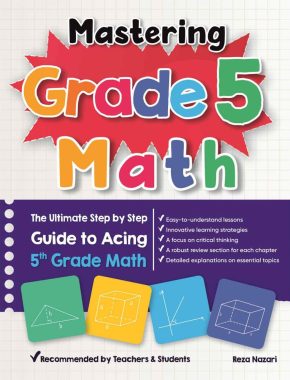
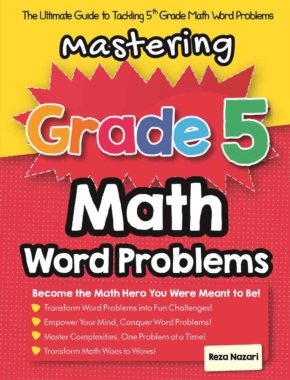
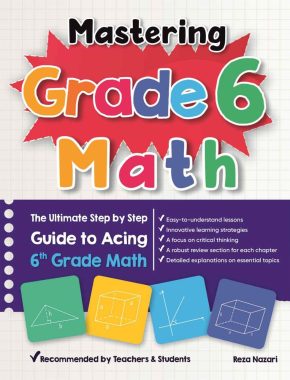
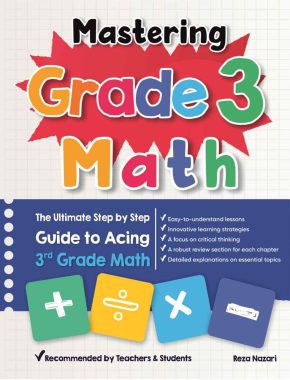
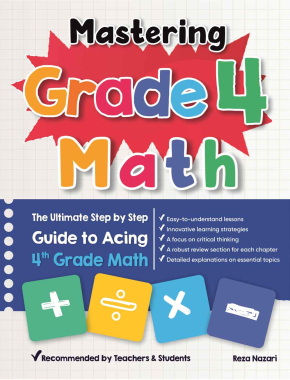
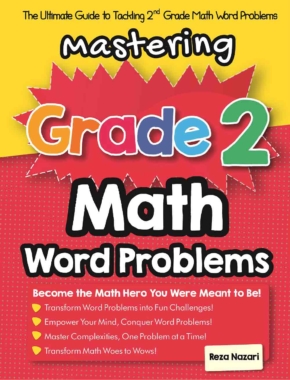
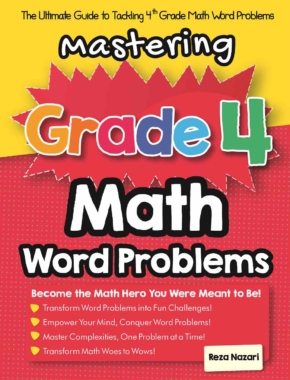
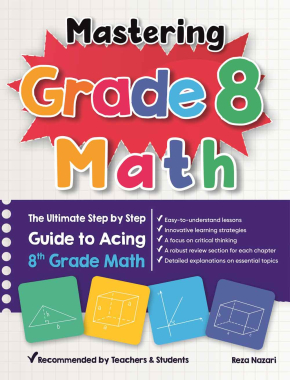

What people say about "Pattern Power: How to Unravel Division Trends Across Expanding Place Values - Effortless Math: We Help Students Learn to LOVE Mathematics"?
No one replied yet.